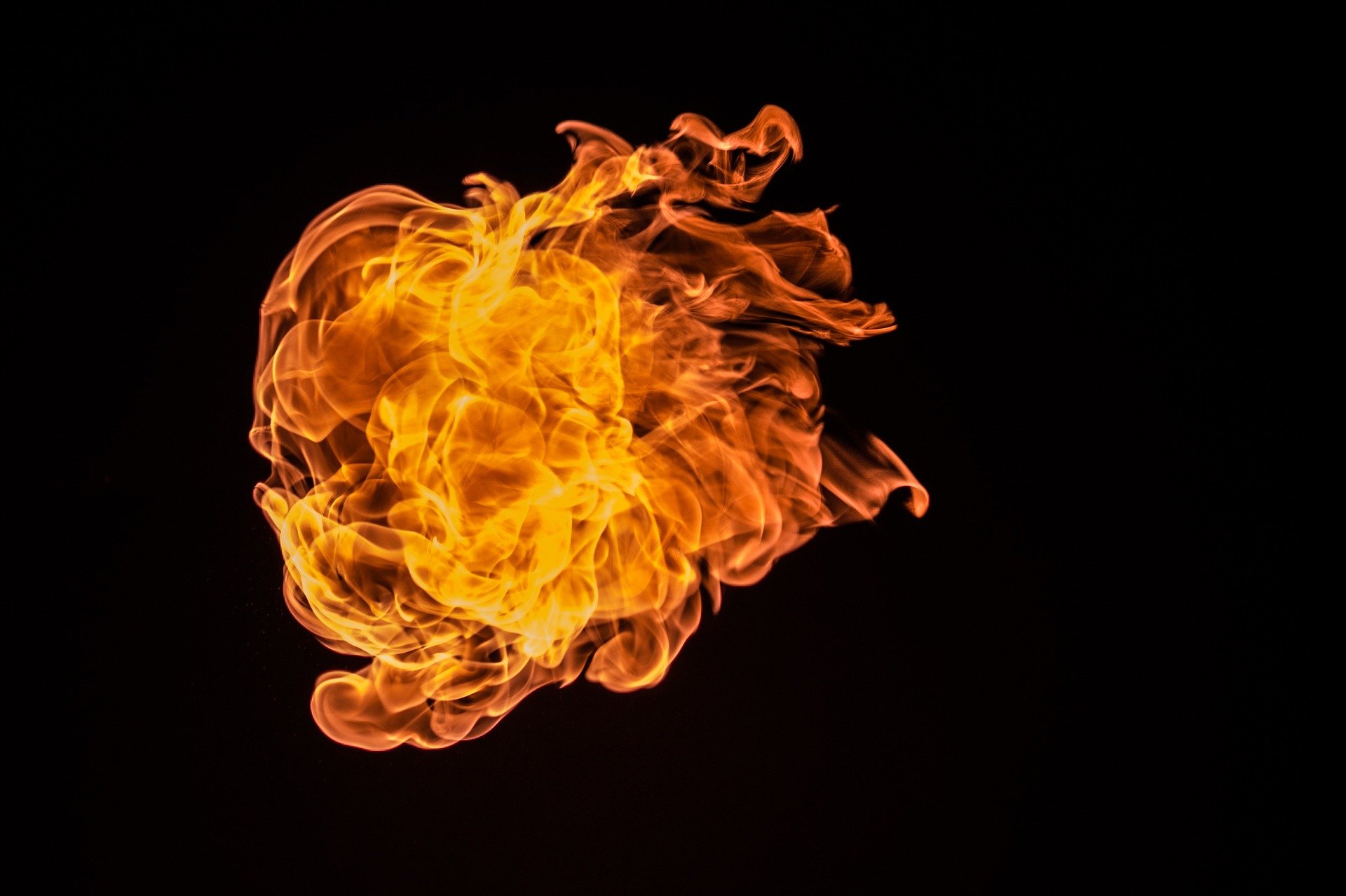Fires have a devastating effect on businesses, with even small fires leading to huge consequences. As well as the immediate effects of fire (injury or fatality, damage to premises and work equipment), the recovery from fire can be extremely challenging. Even with insurance in place, some businesses will never recover from the loss of production, potential loss of documentation and client data and damage to their reputation.
Making sure your business is protected from fire is not only a legal requirement, but a fundamental of health and safety management. Nobody wants to see everything they have worked for go up in smoke!
When do I need a Fire Risk Assessment?
If you have any non-domestic premises, then you are required by law to carry out a fire risk assessment. Non-domestic premises include all workplaces and commercial premises, all premises the public have access to and common areas of multi-occupied residential buildings.
In England and Wales the Regulatory Reform (Fire Safety) Order 2005 (RRFSO) requires that every business undertakes a fire risk assessment, and that if there are 5 or more employees a record of the risk assessment must be made.
The RRFSO does not set out how often you need to carry out a fire risk assessment, but it does say you need to review it periodically. It is usual to review your fire risk assessment annually, or sooner if any of the following circumstances apply:
- Changes to the structure of the building or premises
- Major changes to the function or purpose of any part of your premises
- Any new hazardous substances are introduced to your premises
- Following any fire related accident or incident
- If you see any damage or faults with fire safety equipment
- Changes to the number of people on the premises (increase or decrease)
- If you take on new employees with any disabilities that may have an impact on their ability to evacuate independently in the event of a fire
Who is responsible for carrying out a Fire Risk Assessment?
There are two distinct duties here:
- Responsible person – the person defined in legislation as being responsible for ensuring a fire risk assessment is carried out and that fire precautions are adequate
2. Fire risk assessor – person who has the competence to carry out a suitable and sufficient fire risk assessment.
The responsible person can also be the fire risk assessor, providing they are competent to carry out the assessment, but it is more usual for the responsible person to appoint an assessor either from within their own organisation or an external consultant.
What does a Fire Risk Assessment cover?
Fire Hazard – a source, situation or act that has potential to result in a fire
Fire Risk – the combination of the likelihood of a fire and the consequences (fatalities, injuries or damage) likely to be caused by the fire.
There are 9 steps to Fire Risk Assessment – it sounds a lot, but it is relatively straightforward. These steps are:
Assessment of consequences of fire – consider the number of people that can be injured, and the likely extent of their injuries, usually given as slight harm, moderate harm or extreme harm.
| Consequences of Fire | |||
| Likelihood of Fire | Slight Harm | Moderate Harm | Extreme Harm |
| Low | Trivial Risk | Tolerable Risk | Moderate Risk |
| Medium | Tolerable Risk | Moderate Risk | Substantial Risk |
| High | Moderate Risk | Substantial Risk | Intolerable Risk |
Periodic review of fire risk assessment – set a date by which the next periodic review should be carried out, if not reviewed before because of a change in circumstances in which the original FRA was based. Any actions plans from previous FRA’s need to be reviewed at the same time.
Fire safety management
Your fire risk assessment is a living document, having it nicely written up and tucked away in a filing cabinet does not protect your people and your premises. You need to make sure the precautions, arrangements and actions detailed in the FRA are in place and remain effective. Your insurers and local Fire and Rescue Service may want to see evidence of your risk assessment and its implementation to make sure you are doing all you can to keep your people safe.
So, what’s the key message to take away?
Every business that has premises needs a fire risk assessment, and if that business employs five or more people then the risk assessment must be documented. You need to make sure the measures and controls identified to minimise the risk and consequences of fire are in place, and that defined responsibilities in the event of fire are assigned and understood. If you have any significant changes to your building, your people or what you do there, then you will need to review your fire risk assessment to assess the impact of the changes and take actions if needed.
Got any questions about Fire Risk Assessments?

